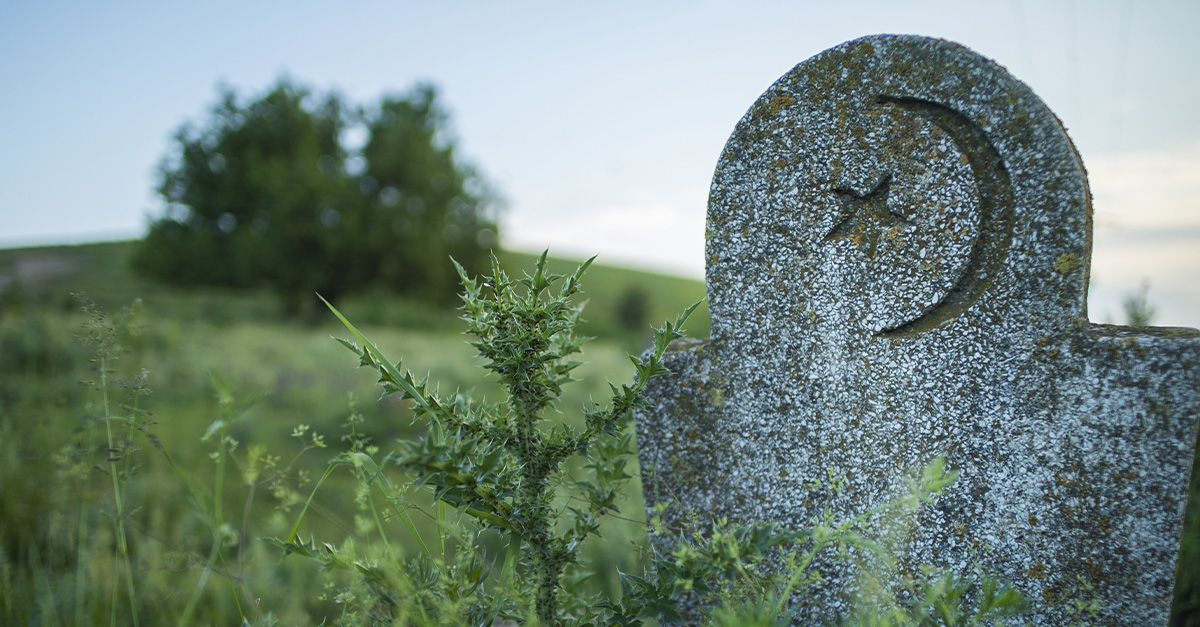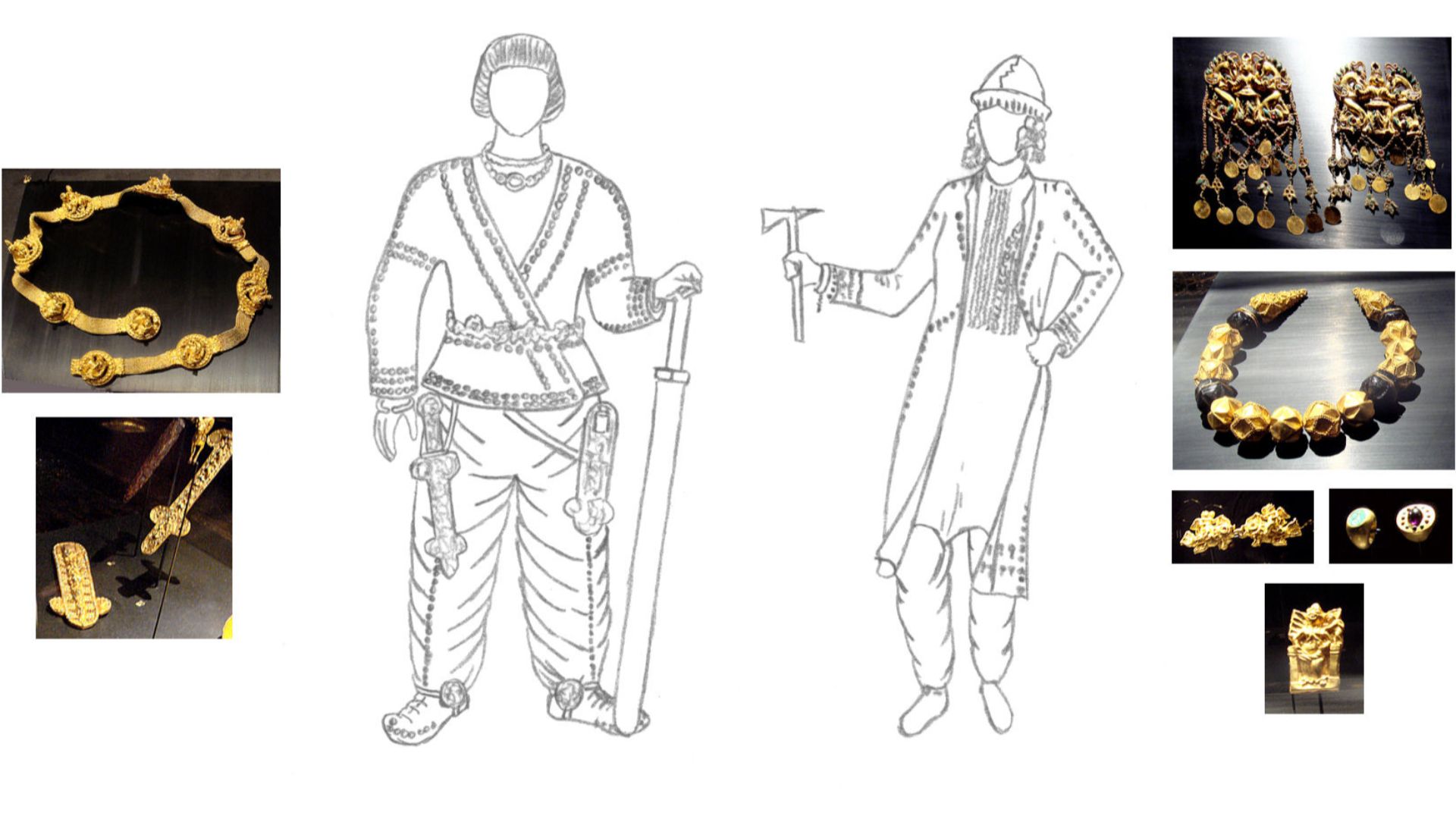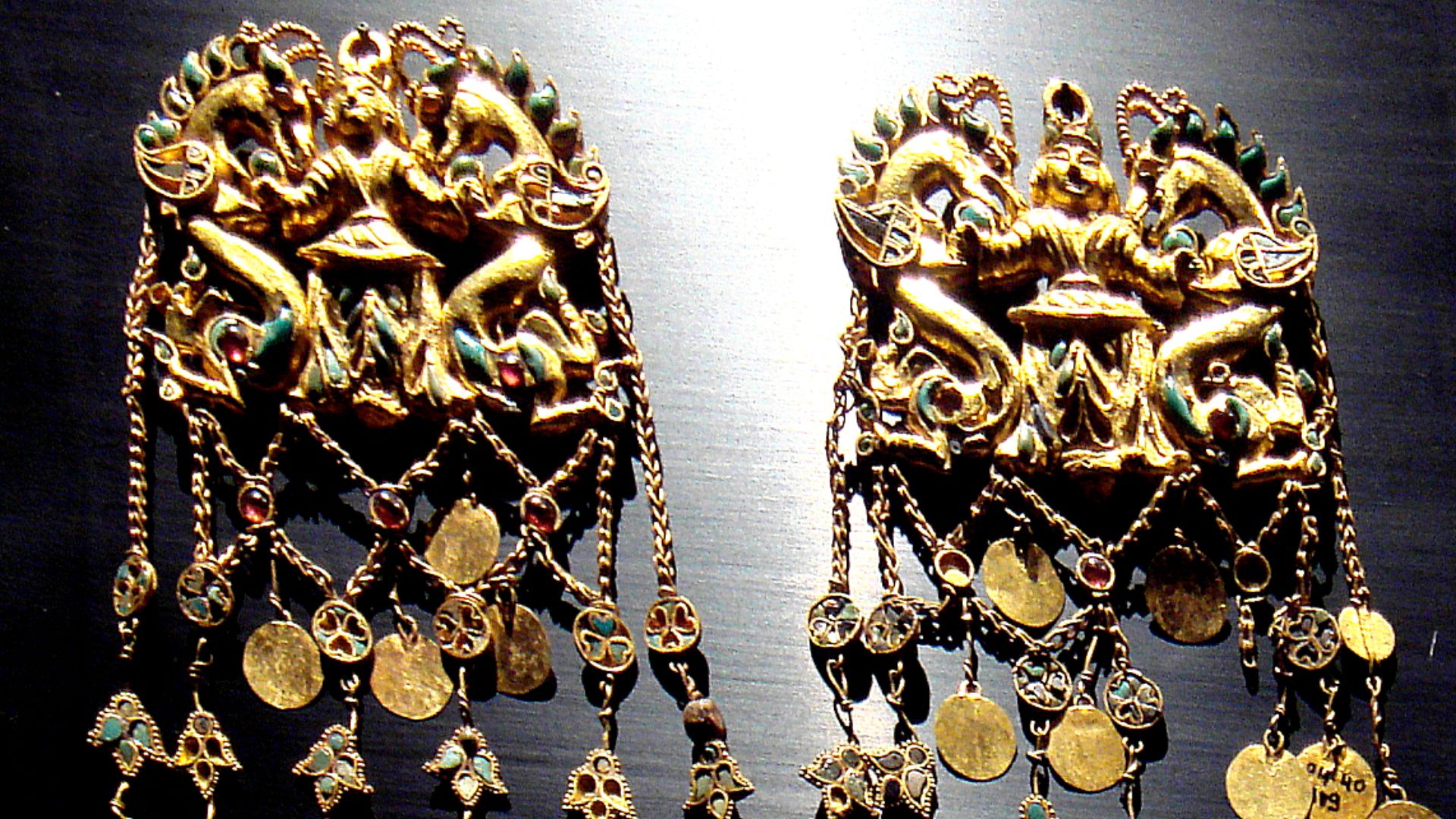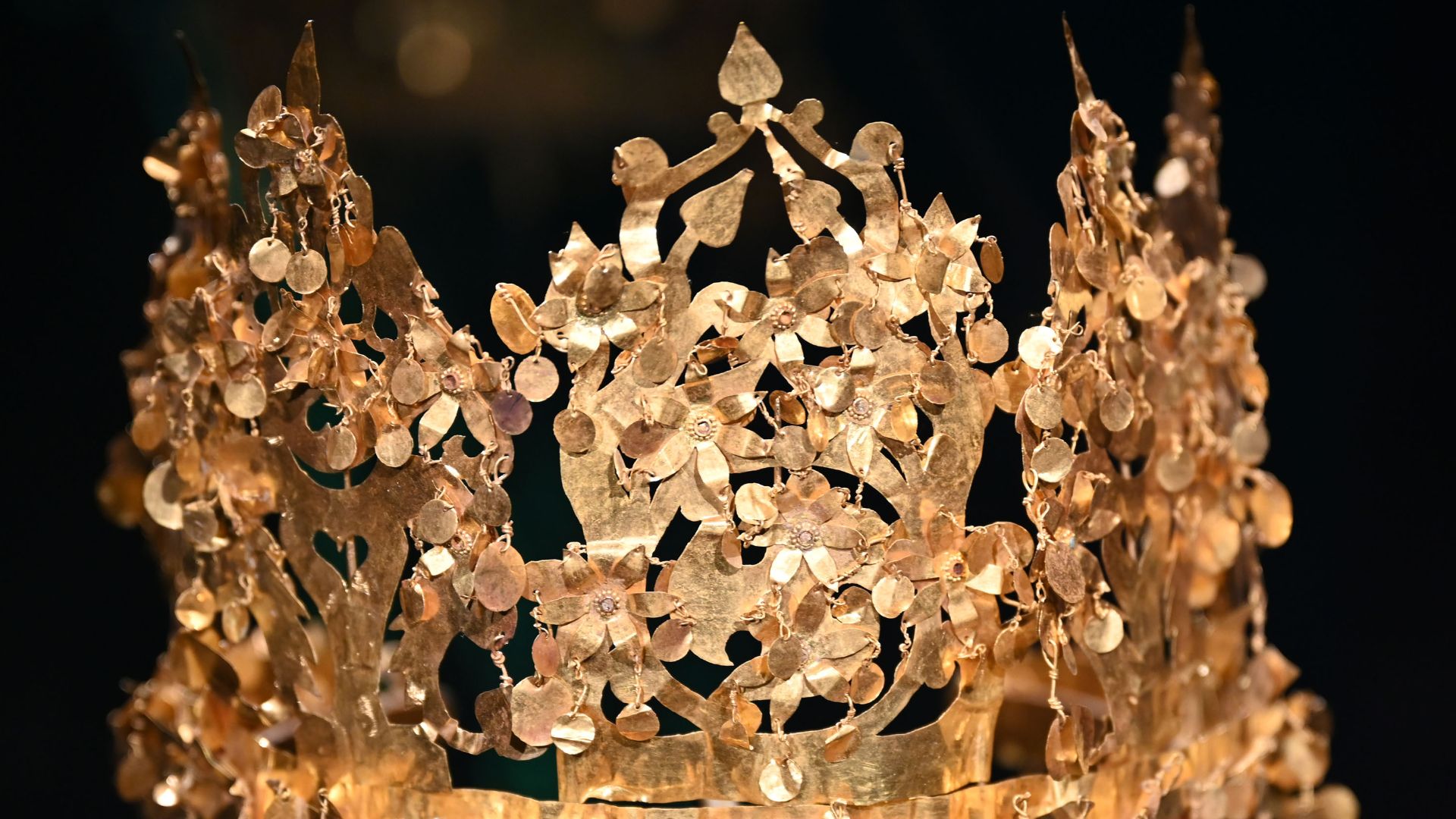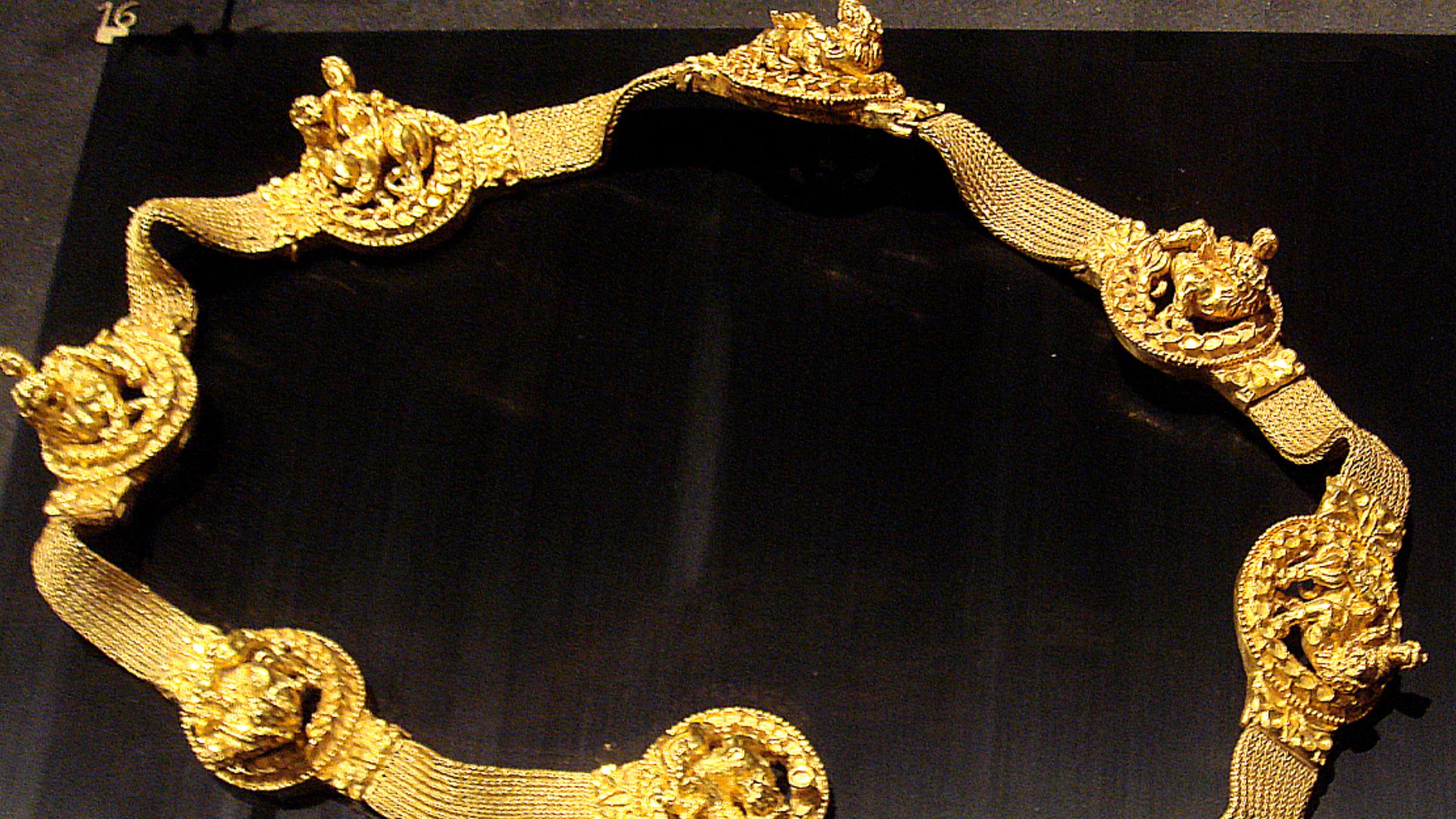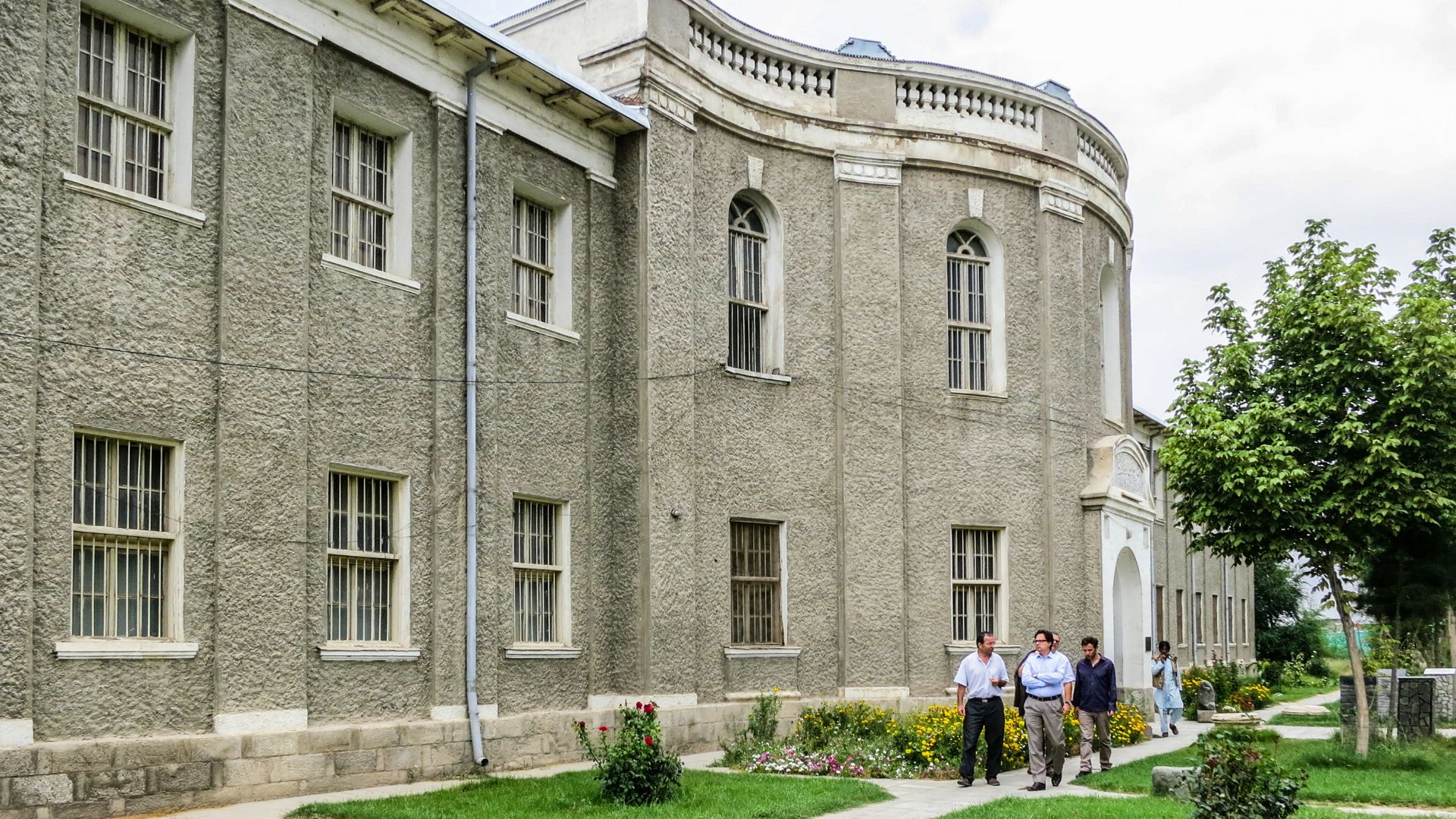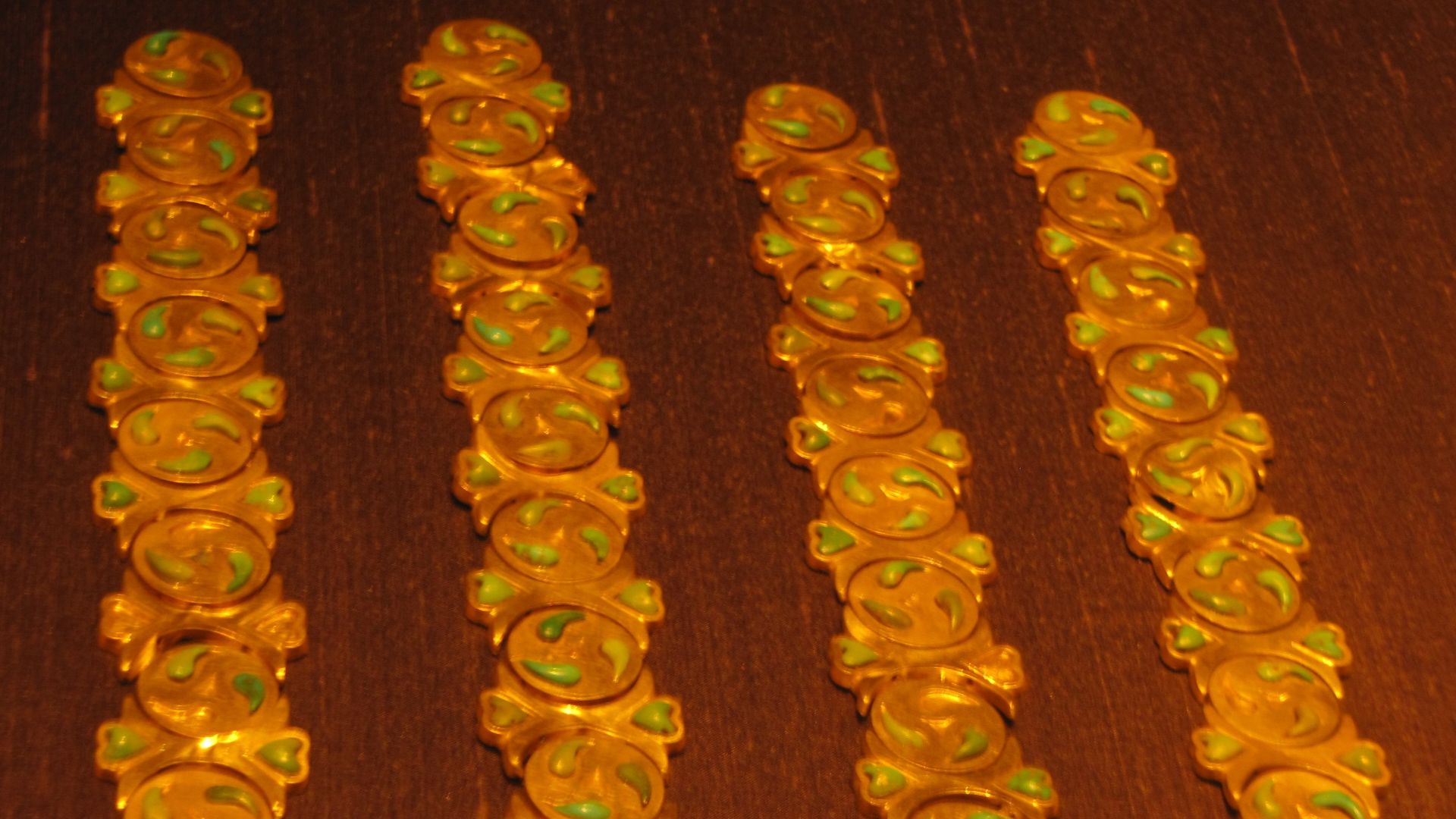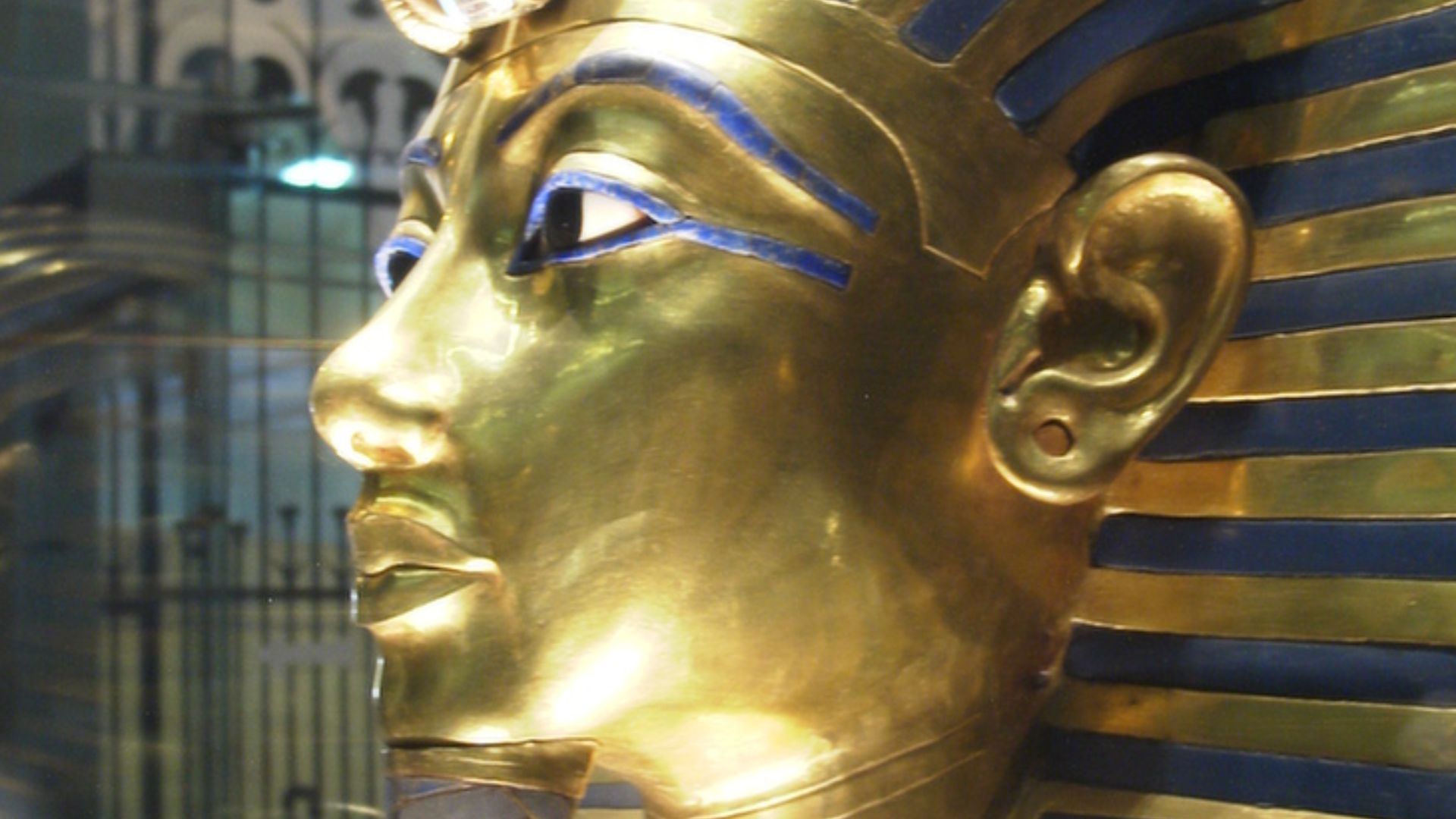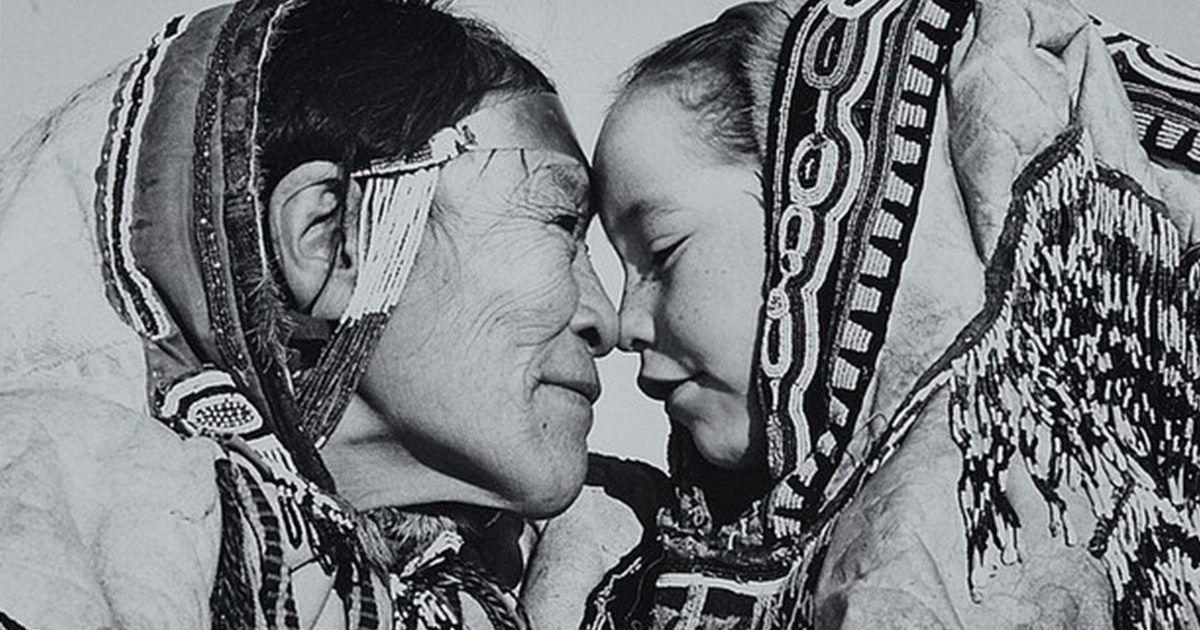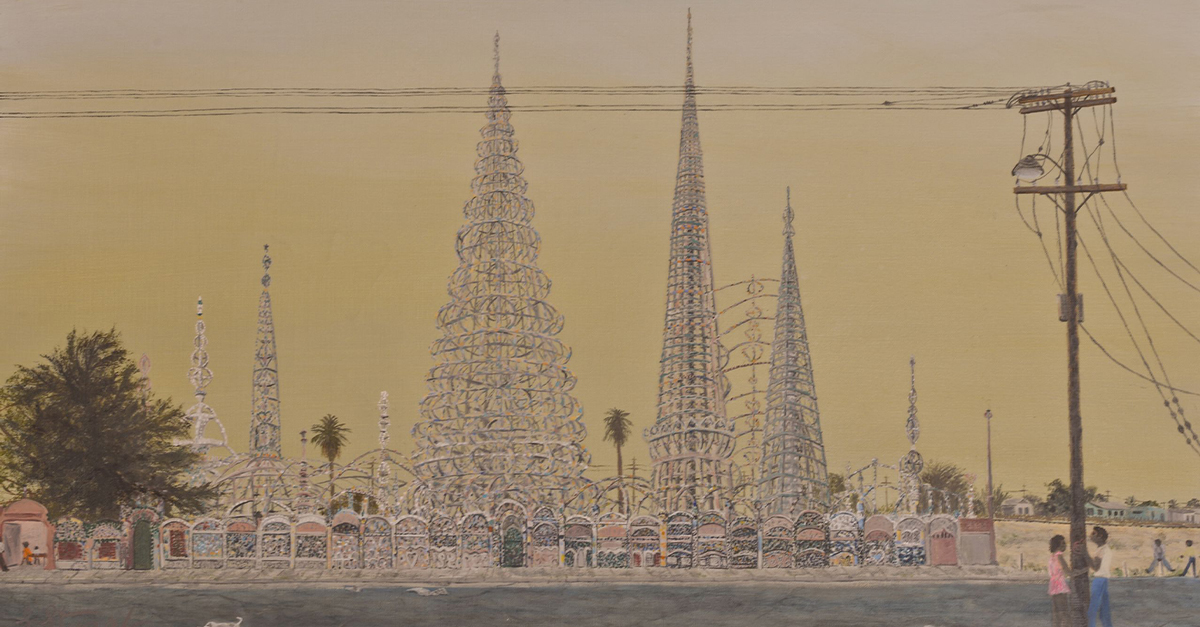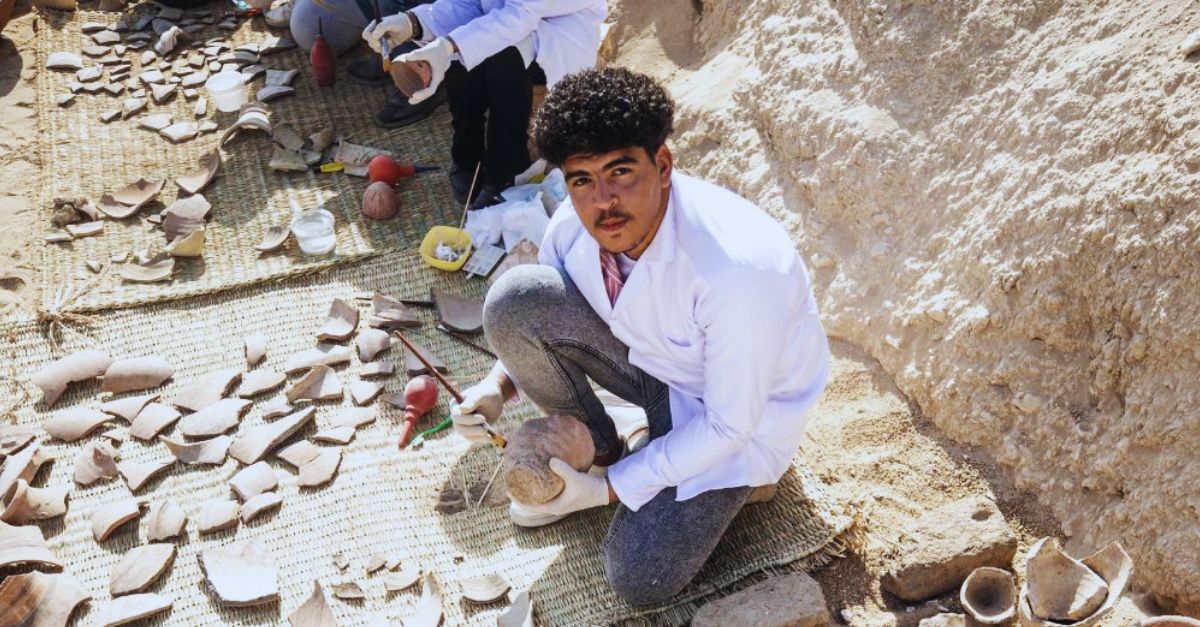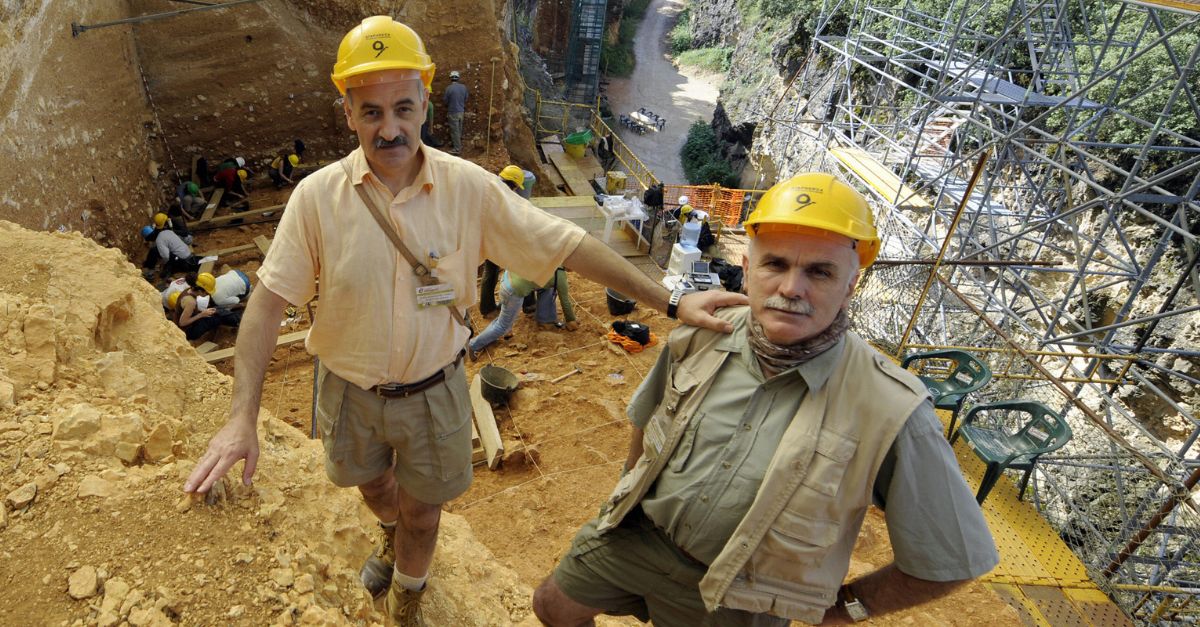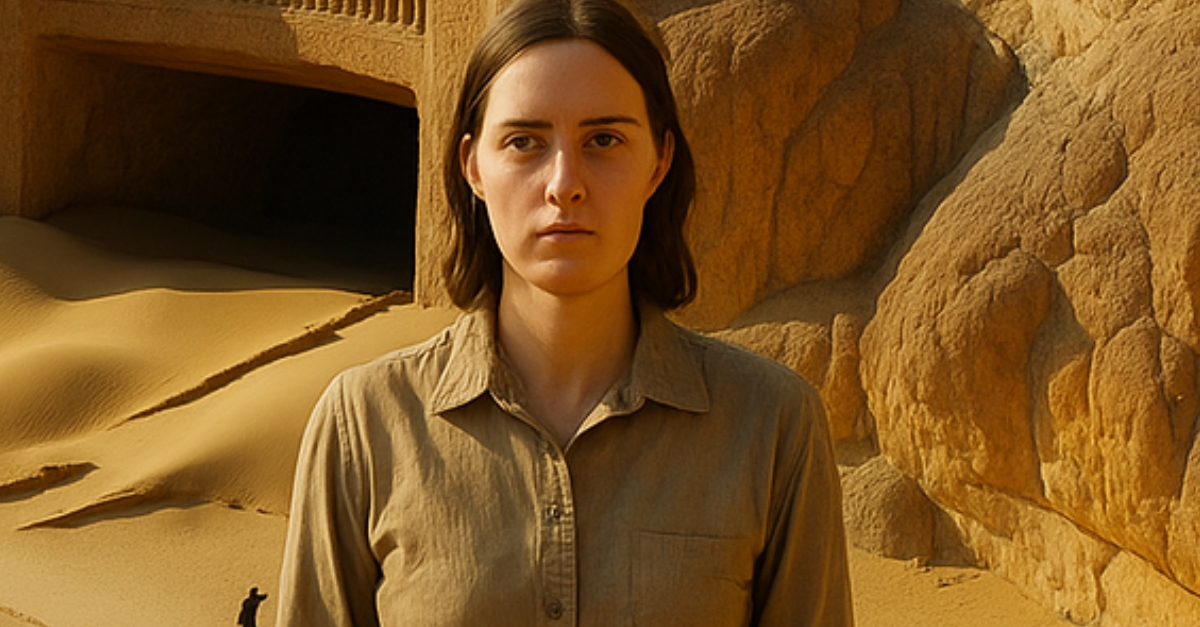These Ancient Afghan Burials That May Change What We Know About The "Graveyard Of Empires"
Long buried beneath the sands of northern Afghanistan, the Bactrian Hoard—also known as the treasure of Tillya Tepe—remains one of the most dazzling archaeological discoveries of the 20th century. Unearthed in 1978, the six royal tombs revealed over 20,000 artifacts of breathtaking craftsmanship: collapsible gold crowns, Greek-influenced jewelry, Roman coins, and silk-road relics that spoke of a world more interconnected than once imagined. Yet beyond its glittering beauty, the treasure’s story is one of survival against the odds—hidden during decades of war, safeguarded by secret guardians, and rediscovered to astonish the world.
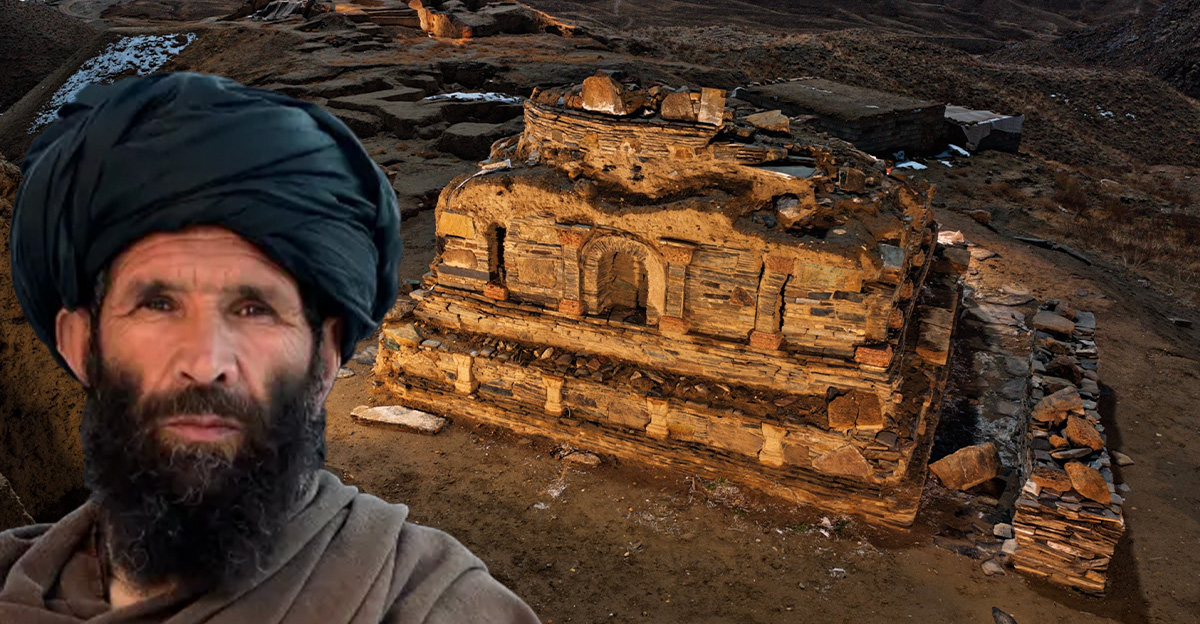
Gleaming in the Dust: The Mystery of Golden Hill
For centuries buried beneath shifting sands, the Bactrian Hoard remained hidden. Its rediscovery is a tale of dazzling artistry, politics, conflict, and astonishing survival against all odds, captivating archaeologists and historians worldwide.
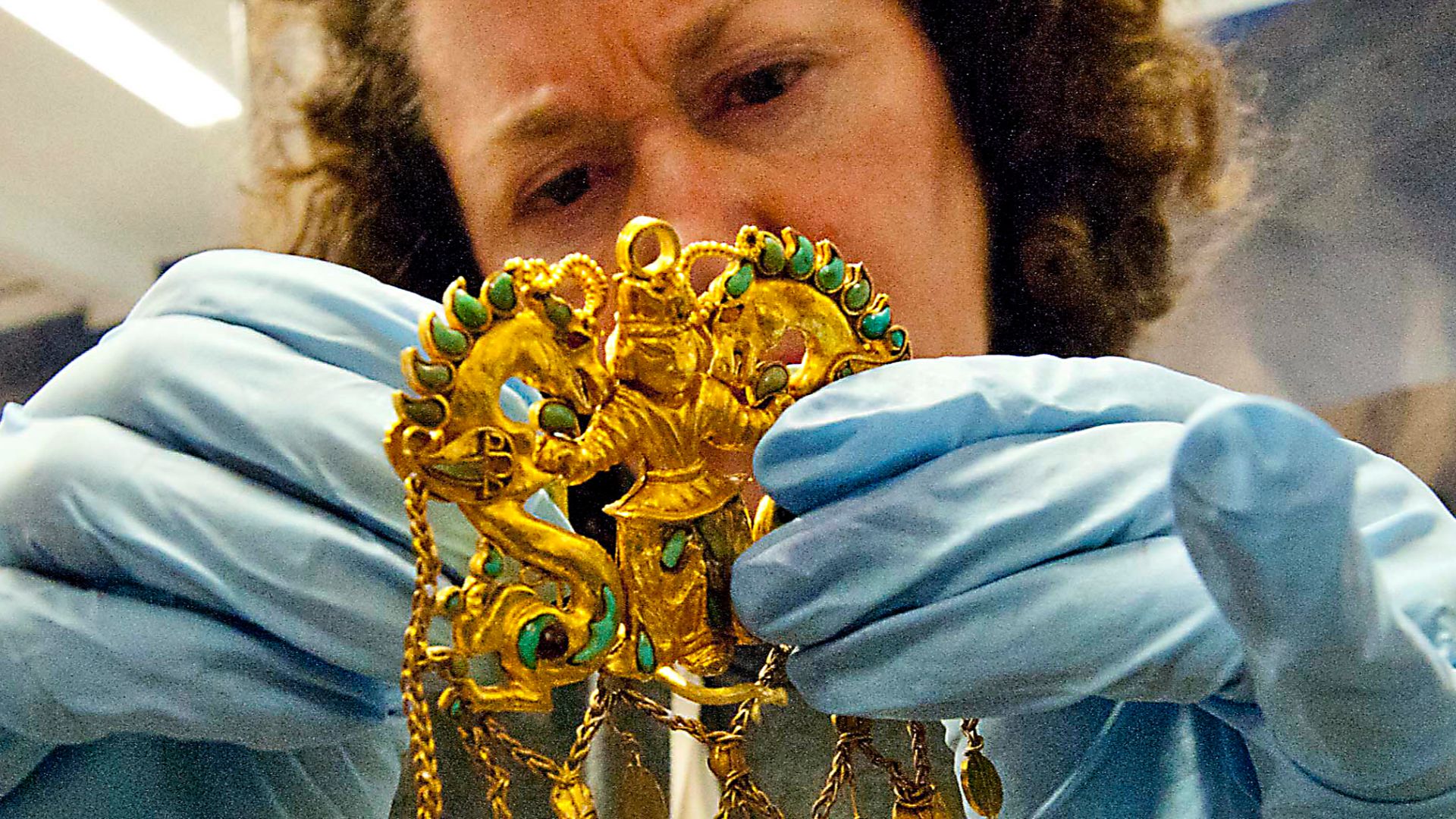 NTNU Vitenskapsmuseet, Wikimedia Commons
NTNU Vitenskapsmuseet, Wikimedia Commons
A Hill That Speaks Gold
“Tillya Tepe” means “Golden Hill.” In 1978, Afghan and Soviet archaeologists uncovered six graves in northern Afghanistan, revealing over 20,000 breathtaking artifacts—treasures that instantly transformed global understanding of Central Asia’s ancient cultural importance.
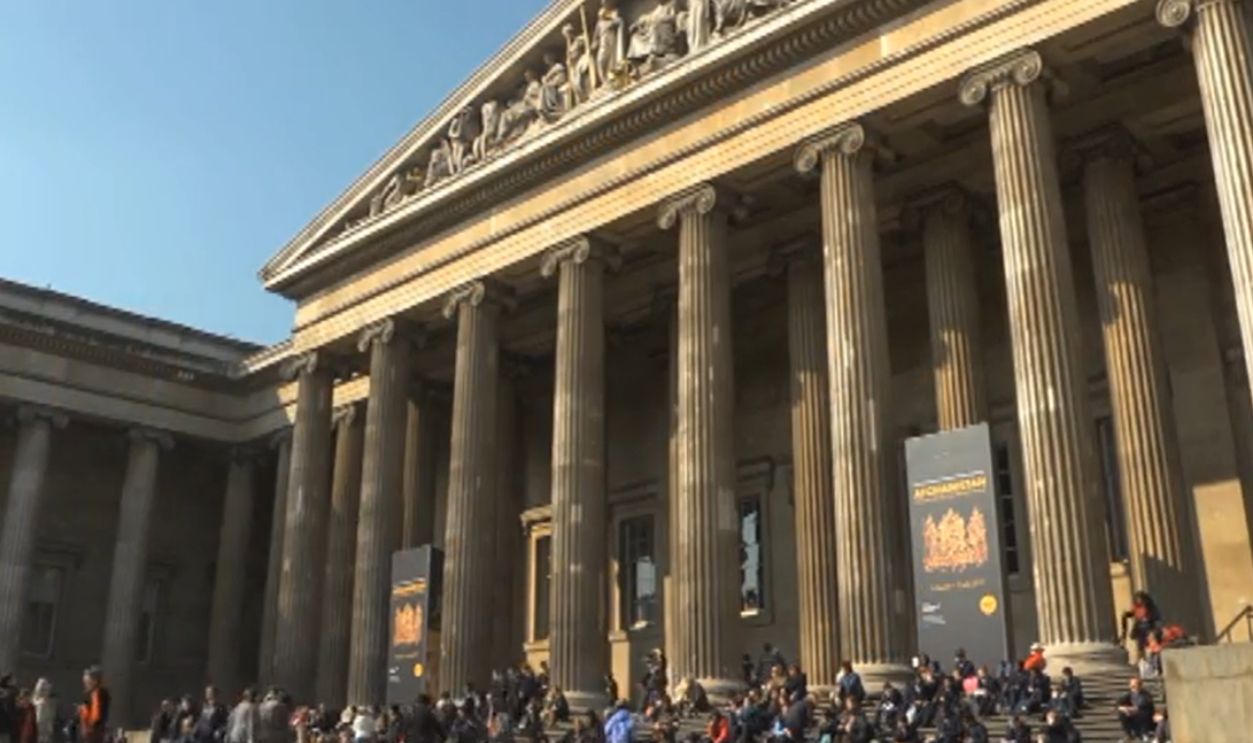 Hidden treasures revealed in Afghanistan, The British Museum
Hidden treasures revealed in Afghanistan, The British Museum
The Moment the Shovels Hit
Led by Greek-Russian archaeologist Viktor Sarianidi, the dig began as a routine excavation. But the shovels struck something glittering—sparks of gold that unveiled one of archaeology’s greatest surprises on the eve of war.
Six Tombs, Six Lives (Mostly Women)
The burial site contained six elite tombs—five women and one man—each interred with crowns, belts, coins, and jewelry. The riches suggest lives of immense status, revealing the ceremonial importance of death in nomadic culture.
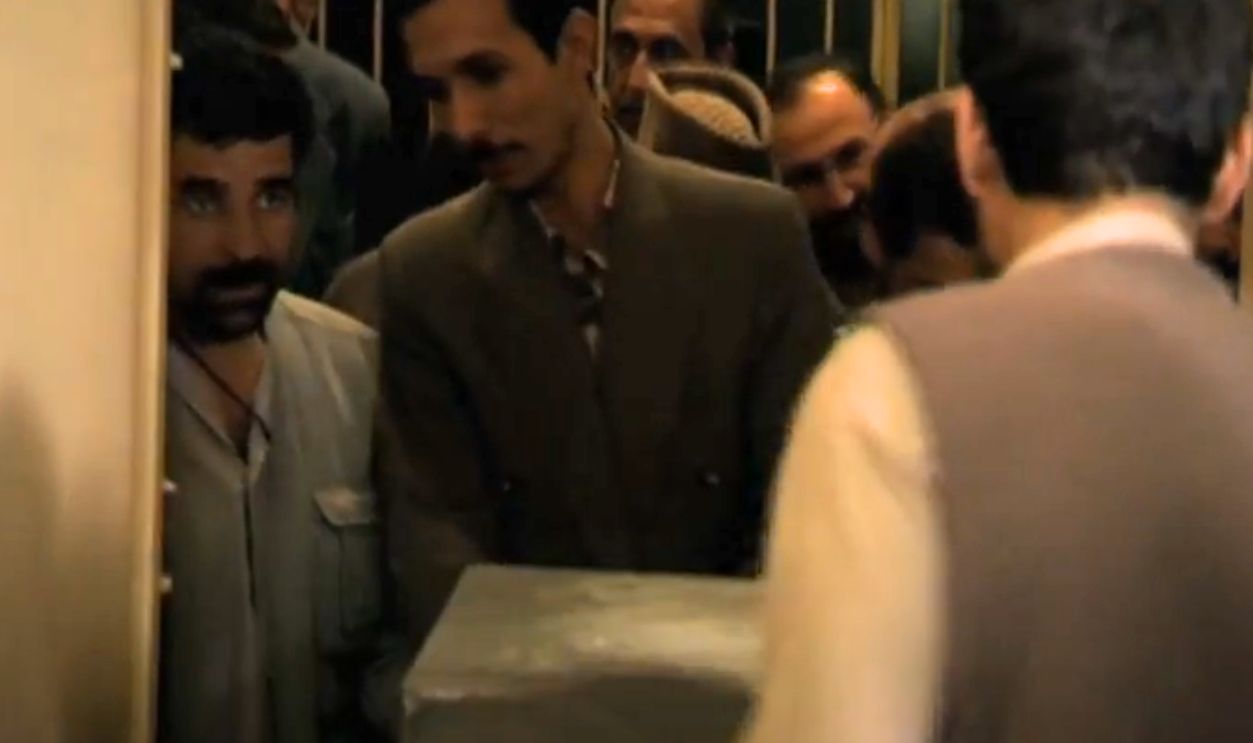 Hidden treasures revealed in Afghanistan, The British Museum
Hidden treasures revealed in Afghanistan, The British Museum
A Web of Cultures in Gold
Every artifact tells a story of mixing worlds: Greek craftsmanship, Persian symbolism, Indian motifs, Chinese lacquer, and local nomadic style. Together, they illustrate Afghanistan’s role as a vibrant Silk Road melting pot of civilizations.
The Crown That Collapsed
Among the masterpieces was a collapsible gold crown, ingeniously crafted for nomadic travel. Its intricate leaves and birds symbolized power and adaptability, embodying the mobility of ancient steppe elites who refused permanence yet prized beauty.
Coins That Tell Time
Coins scattered through the burials bore faces of Roman emperors like Tiberius, Parthian rulers, and local kings. These minted markers function as portable history, proving Afghanistan’s role as a commercial hub in shifting ancient empires.
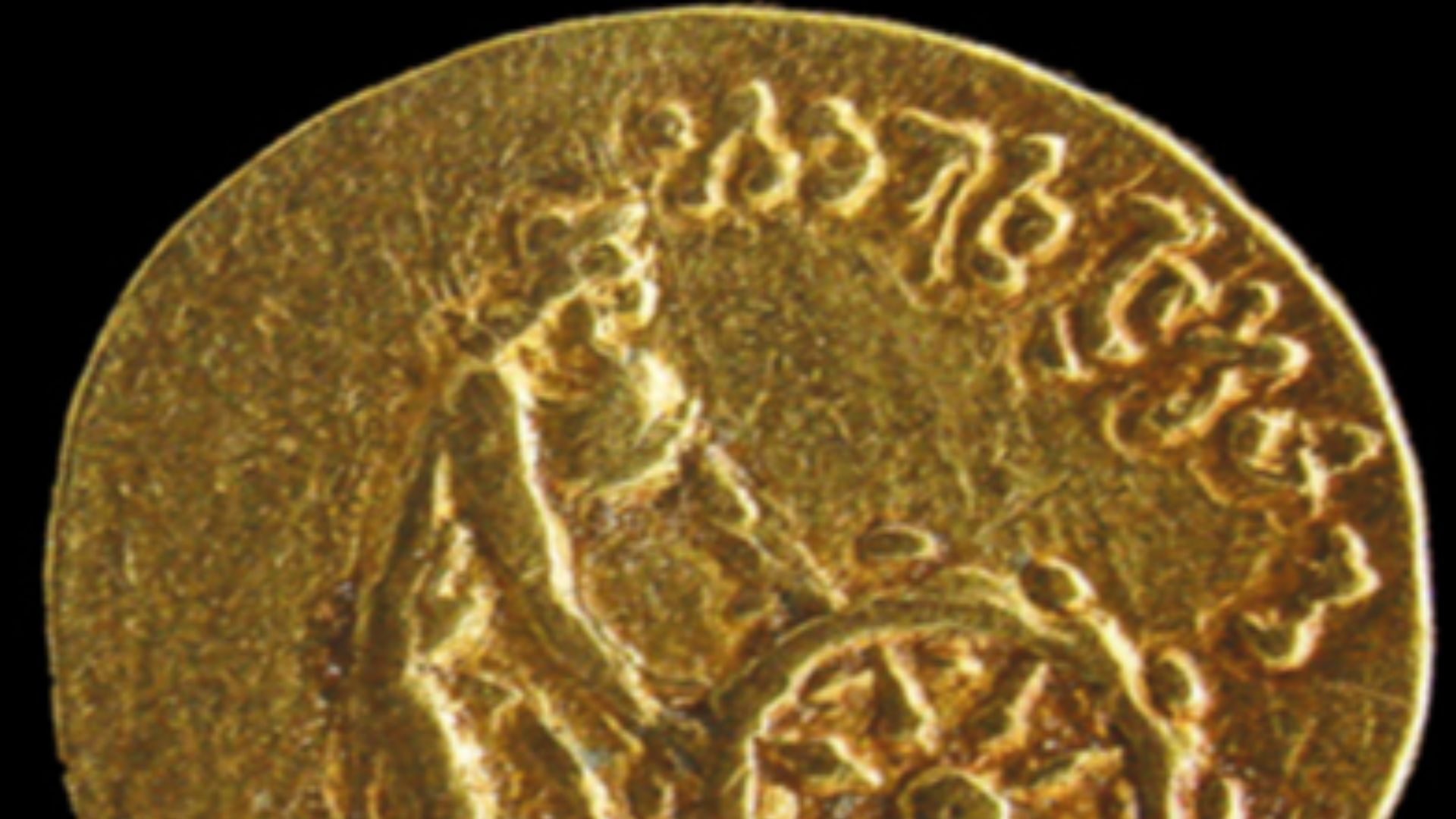 Ismoon (talk) 16:23, 14 January 2013 (UTC), Wikimedia Commons
Ismoon (talk) 16:23, 14 January 2013 (UTC), Wikimedia Commons
Nomads, Yuezhi or Scythians?
The identity of the deceased remains mysterious. Some believe they were Scythians, others the Yuezhi nomads, precursors to the Kushan dynasty. Whoever they were, their wealth shows astonishing connections across Eurasia, stretching thousands of miles.
Buried with Purpose
These graves were not casual interments but deliberate performances of identity. With amulets, goddess figurines, and animal motifs, the hoard suggests beliefs about protection, fertility, and safe passage into another world after earthly existence ended.
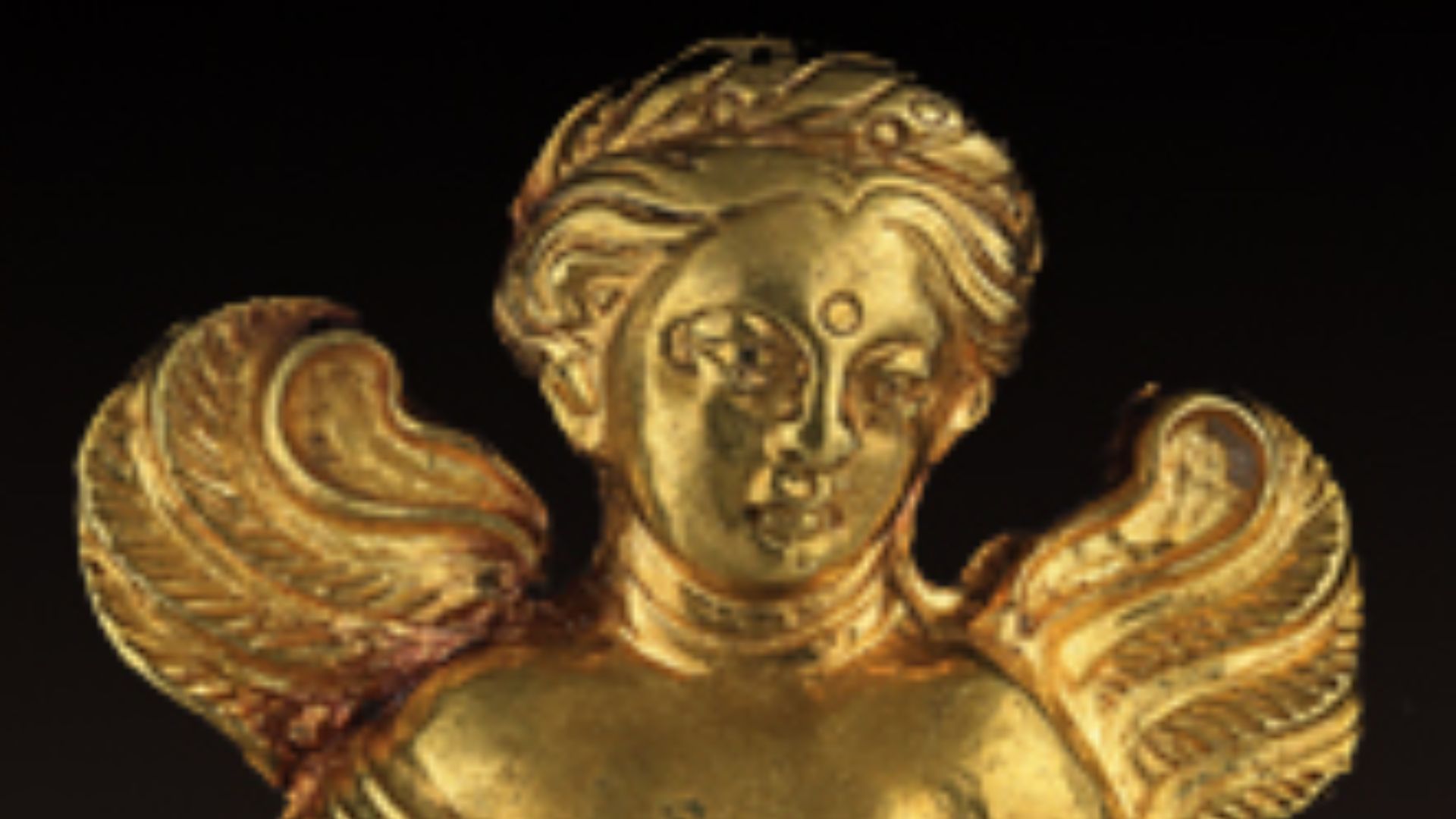 Ismoon (talk) 18:16, 19 December 2012 (UTC), Wikimedia Commons
Ismoon (talk) 18:16, 19 December 2012 (UTC), Wikimedia Commons
Interrupted by War
Only months after the discovery, Afghanistan was invaded by the Soviet Union. Conflict and instability threatened not only the dig’s progress but the very survival of artifacts. Looting and destruction loomed like a constant shadow.
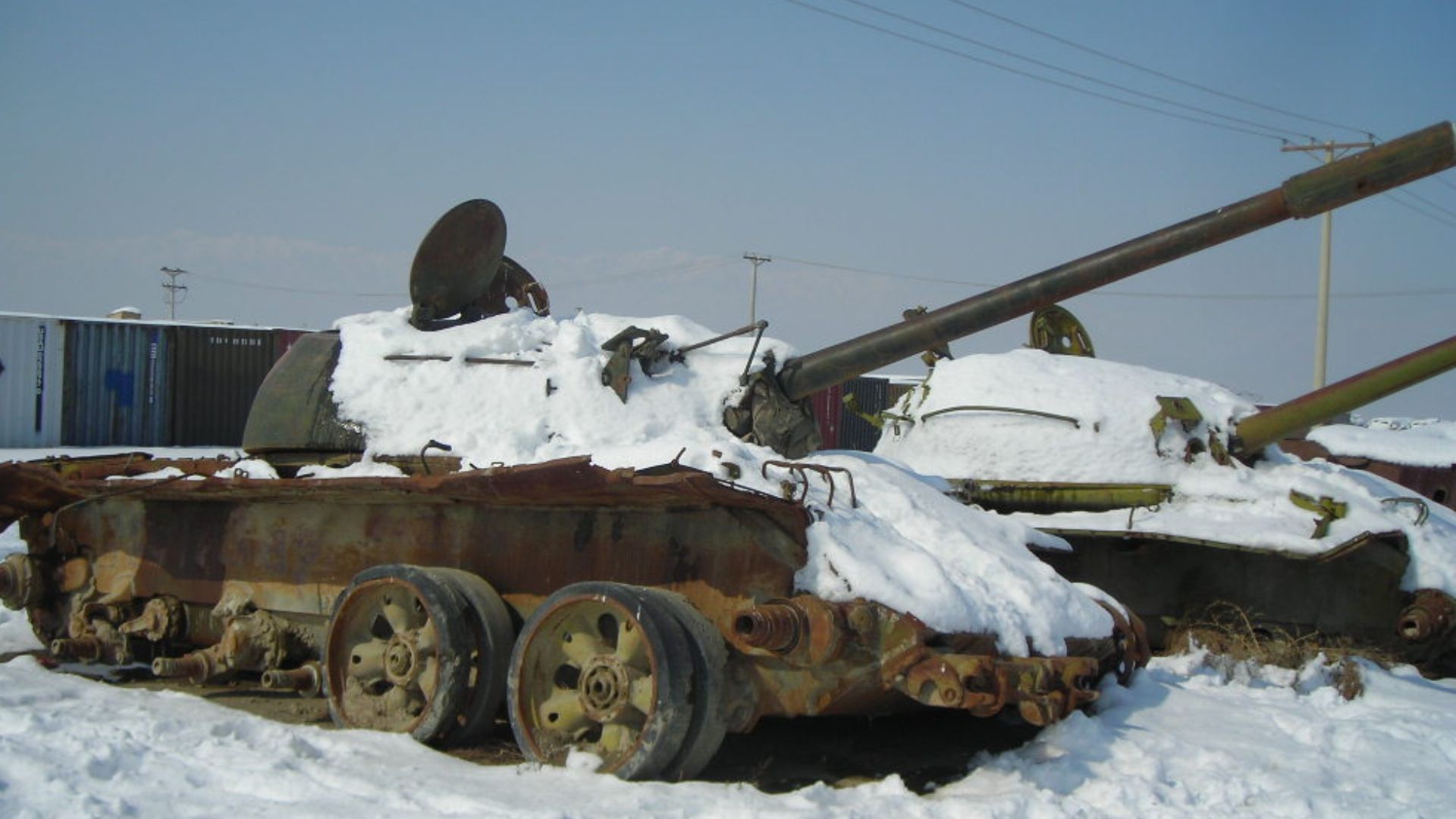 Chopin-Ate-Liszt!, Wikimedia Commons
Chopin-Ate-Liszt!, Wikimedia Commons
Secret Guardians: The Keyholders
In 1989, museum workers secretly transferred the treasure to the Kabul central bank’s vault. Five trusted key-holders, known as tawadars, each held part of the lock system, ensuring that no single person could betray Afghanistan’s heritage.
Lost, But Not Lost
During the chaos of the 1990s, many museum collections were destroyed or stolen. The Bactrian Hoard vanished from public sight, sparking rumors of its destruction—yet whispers persisted that the gold still slept, well hidden.
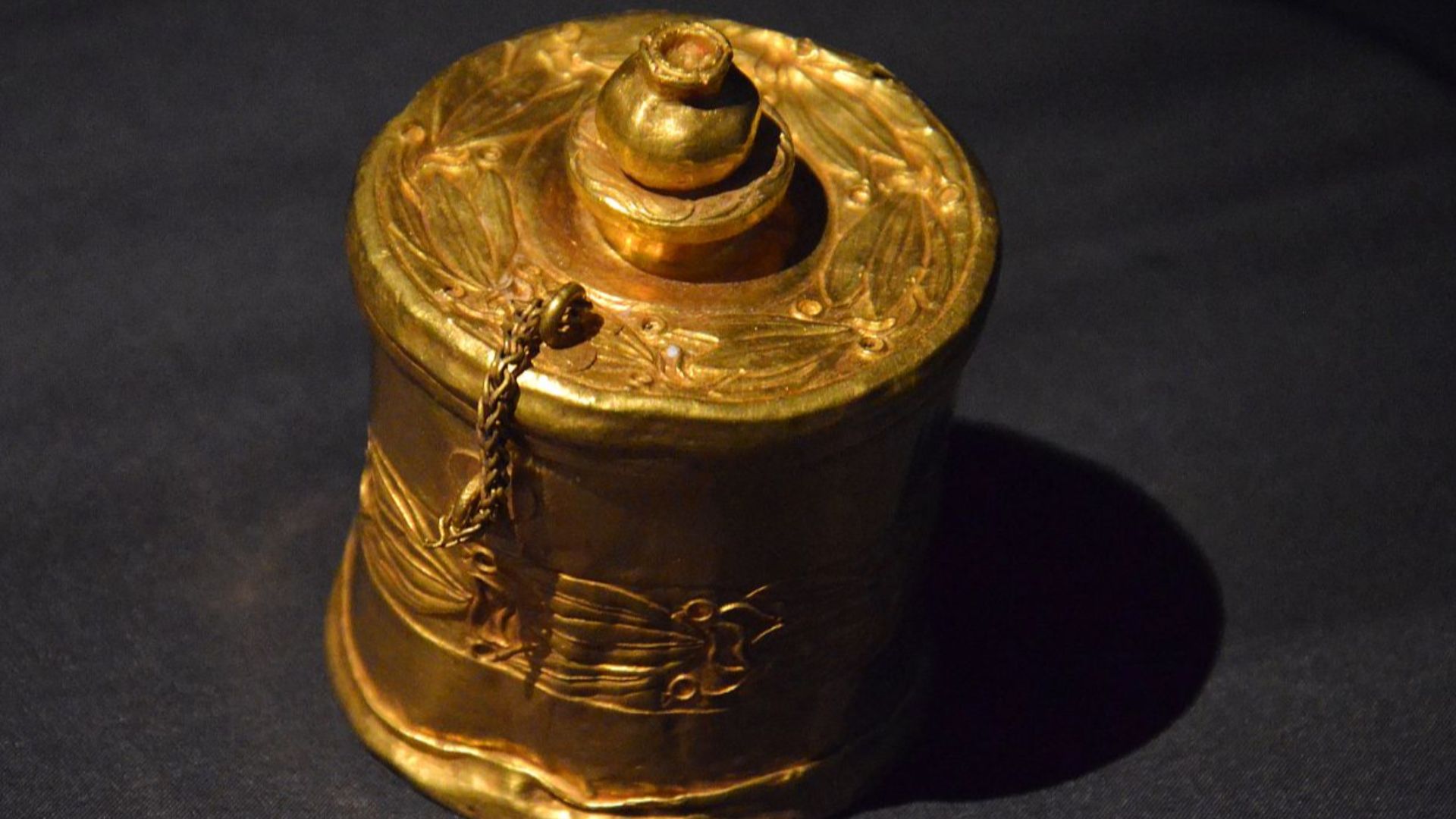 JC Merriman, Wikimedia Commons
JC Merriman, Wikimedia Commons
The 2003 Rediscovery
After the Taliban’s first regime fell, the Afghan government reopened the vault. To astonishment, the treasure lay untouched. Against all odds, thousands of fragile, glittering artifacts had survived decades of violence, greed, and near obliteration.
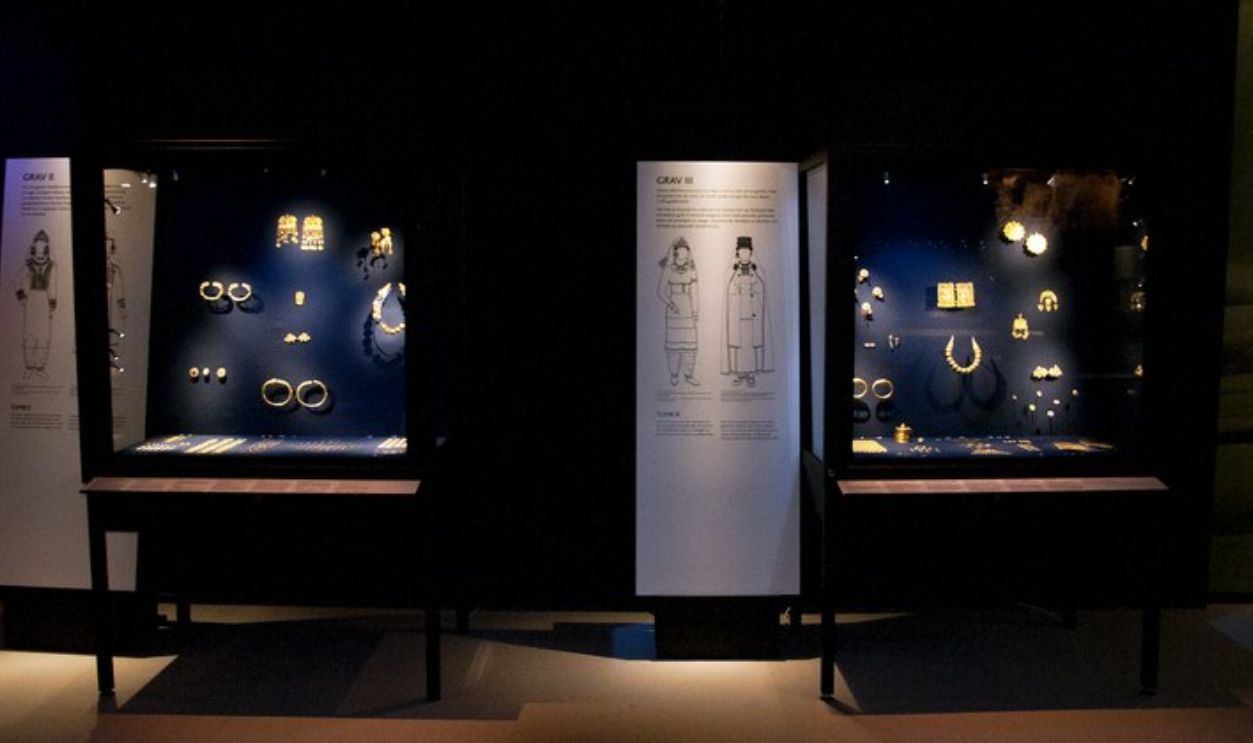 Etnografiska museet (Julia Baramno), Wikimedia Commons
Etnografiska museet (Julia Baramno), Wikimedia Commons
Touring the Globe (Under Guard)
Once catalogued, the hoard embarked on a world tour: Paris, Washington, London, Tokyo, and more. Millions of museumgoers gazed at Afghanistan’s golden heritage, marveling at its sophistication, and the unlikely survival of treasures so fragile.
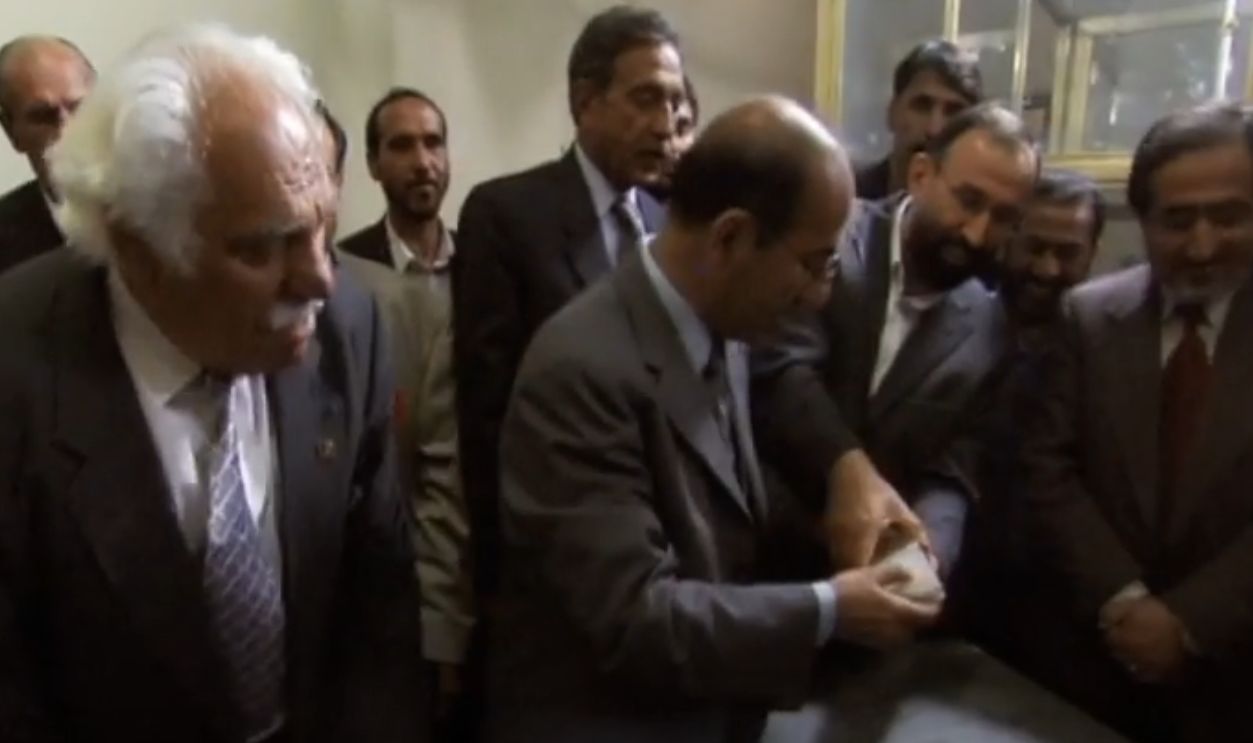 Hidden treasures revealed in Afghanistan, The British Museum
Hidden treasures revealed in Afghanistan, The British Museum
The Vanishing Act: More Disappearances
Even while touring, troubling reports surfaced that certain items had gone missing. Some scholars worry parts were looted or smuggled abroad, reminders that ancient treasures remain vulnerable to greed even in modern museum settings.
Back into the Shadows
After the Taliban’s 2021 return, the treasure’s fate again grew uncertain. Officials offered no clarity, and fears mounted that the Taliban might exploit, destroy, or secretly sell the priceless objects to fund their regime.
A National Symbol Under Threat
For Afghans, this hoard is more than gold—it represents endurance, artistry, and a national identity under siege. Its uncertain fate mirrors Afghanistan’s struggle between heritage preservation, political instability, and the hope of cultural renewal.
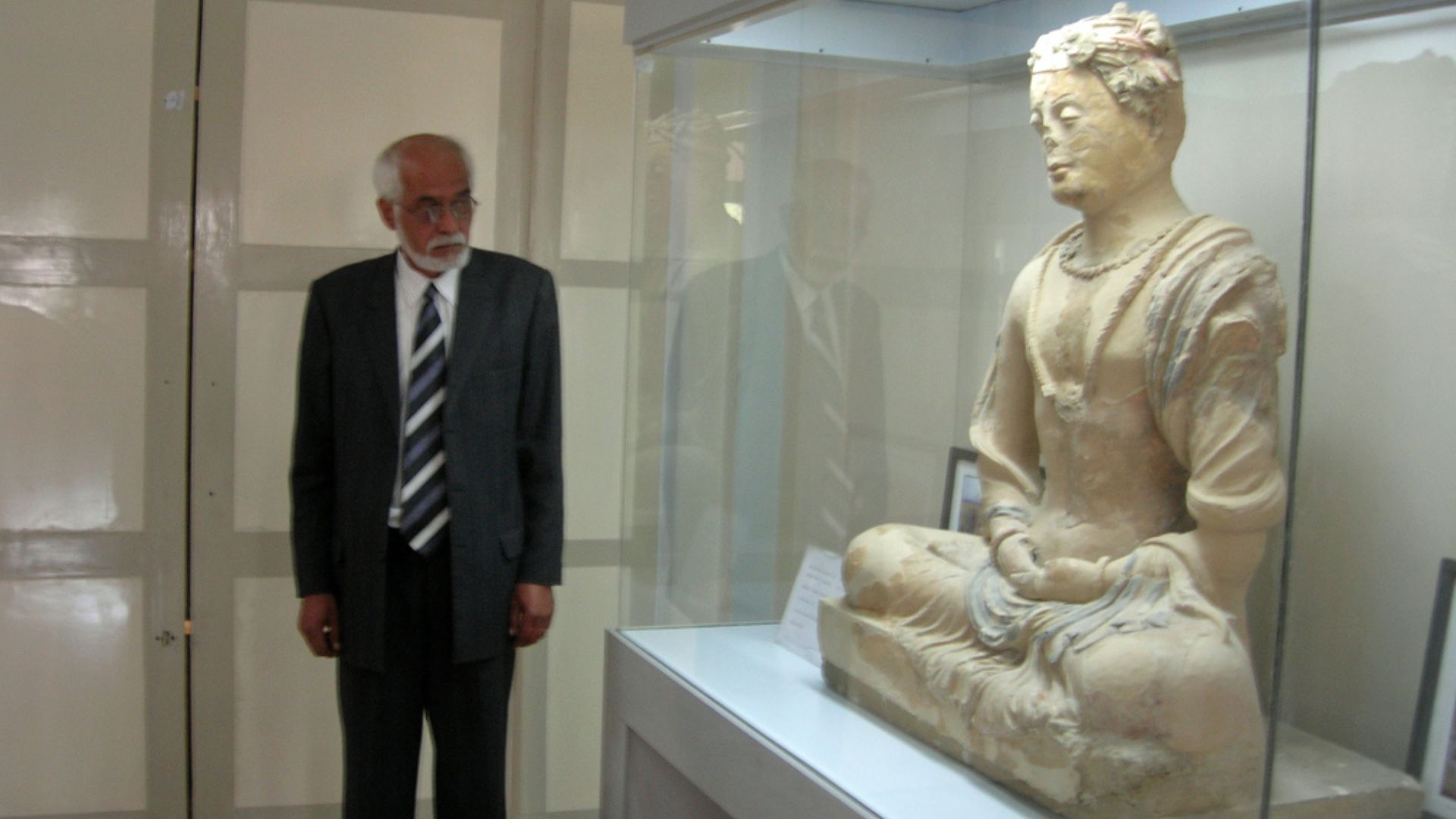 Carl Montgomery, Wikimedia Commons
Carl Montgomery, Wikimedia Commons
The Stakes of Preservation
The Bactrian Hoard underscores the global challenge of protecting antiquities in war zones. International bodies, museums, and governments must cooperate to defend such treasures, for their loss would be humanity’s loss, not just Afghanistan’s alone.
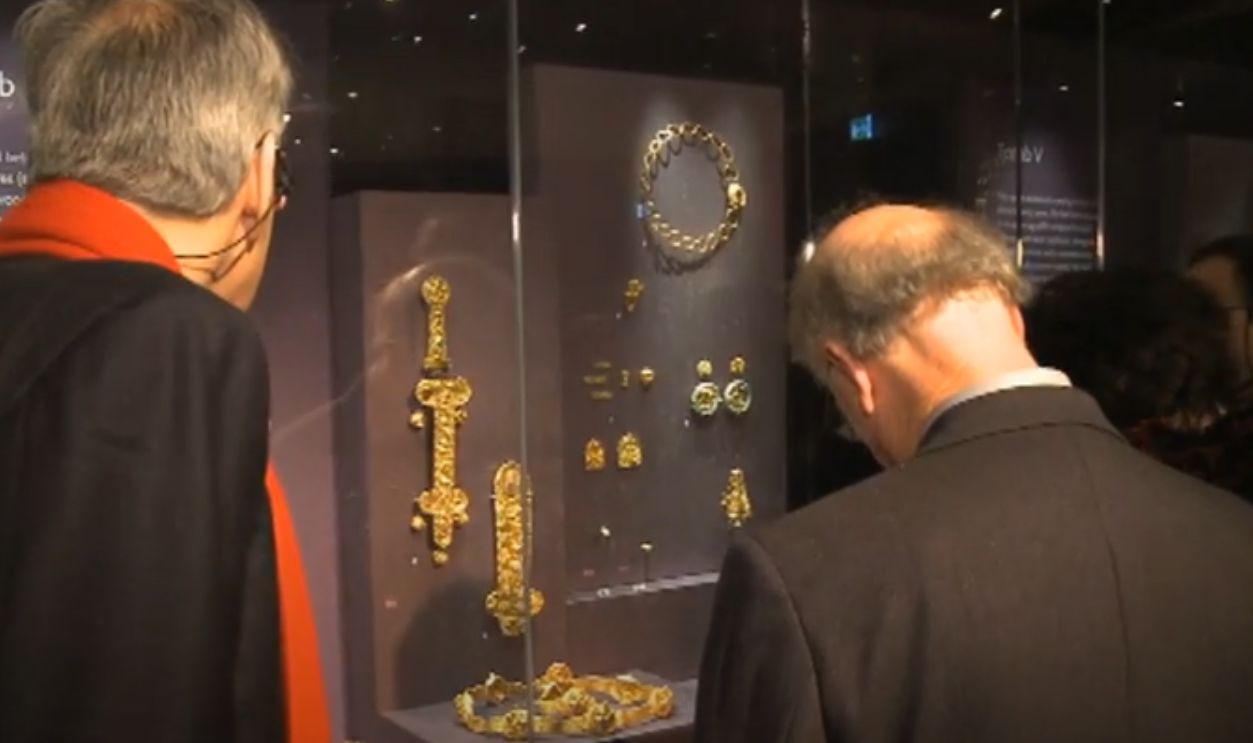 Hidden treasures revealed in Afghanistan, The British Museum
Hidden treasures revealed in Afghanistan, The British Museum
Silk Road Echoes
The artifacts—Chinese lacquer, Roman coins, Indian gems—speak of ancient Bactria’s central role in Silk Road networks. They show Afghanistan was not a backwater but a thriving crossroads where East and West continuously collided and coexisted.
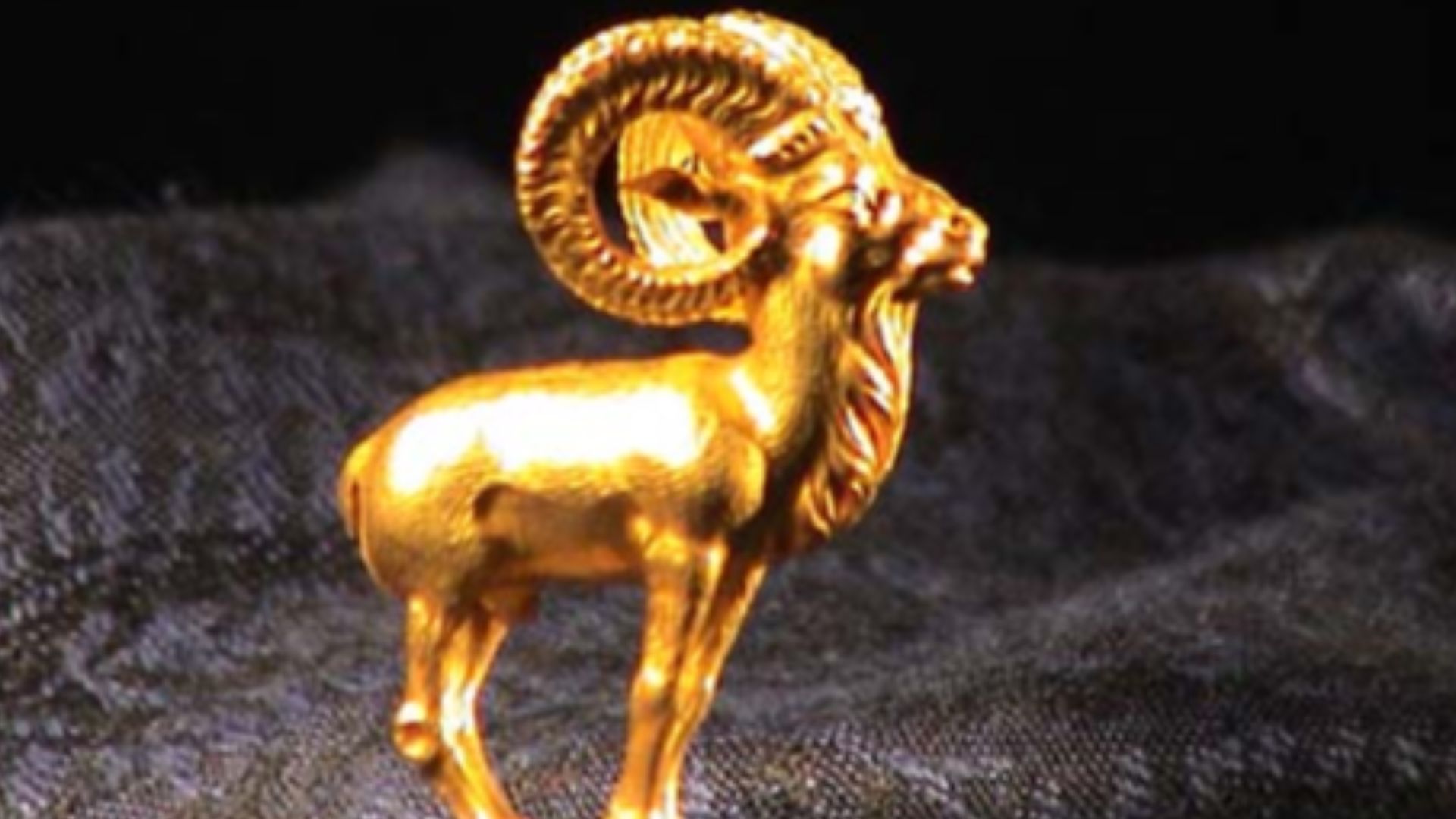 Robert Kluijver at English Wikipedia, Wikimedia Commons
Robert Kluijver at English Wikipedia, Wikimedia Commons
The Power of One Discovery
Comparable to Tutankhamun’s tomb, this single discovery revolutionized Central Asian archaeology. It proved that nomadic elites were not peripheral barbarians but cosmopolitan actors, shaping history at the crossroads of civilizations through wealth, art, and mobility.
Afterlives of Gold
Every appliqué, buckle, and ornament whispers human stories: devotion, vanity, ritual, and love. Collectively, they resurrect a lost world. Today, the hoard remains both history’s fragile survivor and a beacon of what Afghanistan once was.
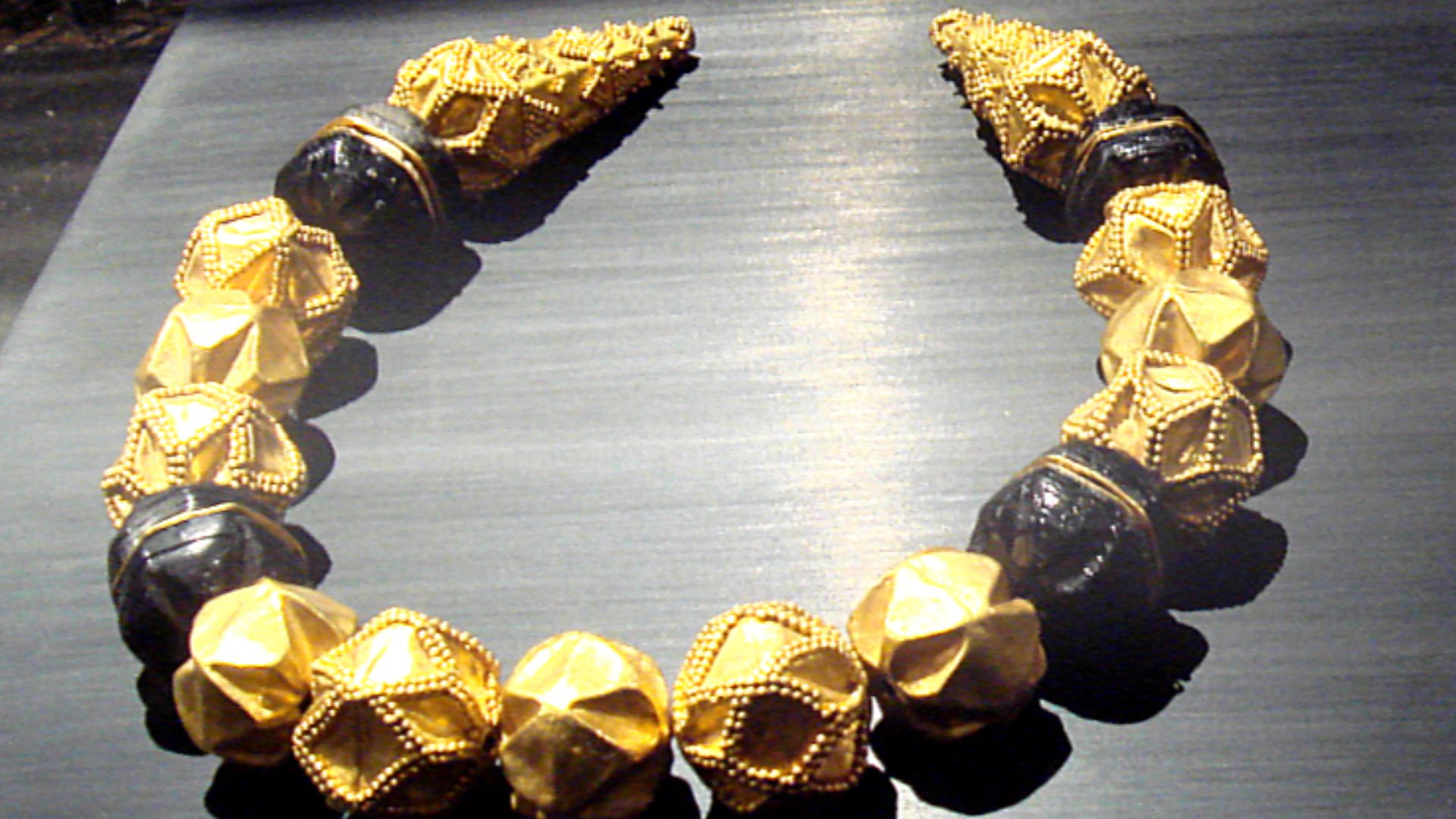 GregsTexas (facebook.com/GregsTexas), Wikimedia Commons
GregsTexas (facebook.com/GregsTexas), Wikimedia Commons
Guarding the Future
The Bactrian Hoard’s journey isn’t over. Its future hinges on fragile politics and global solidarity. Will it be safeguarded for posterity, or vanish forever into war’s chaos? The answer will define Afghanistan’s cultural destiny.
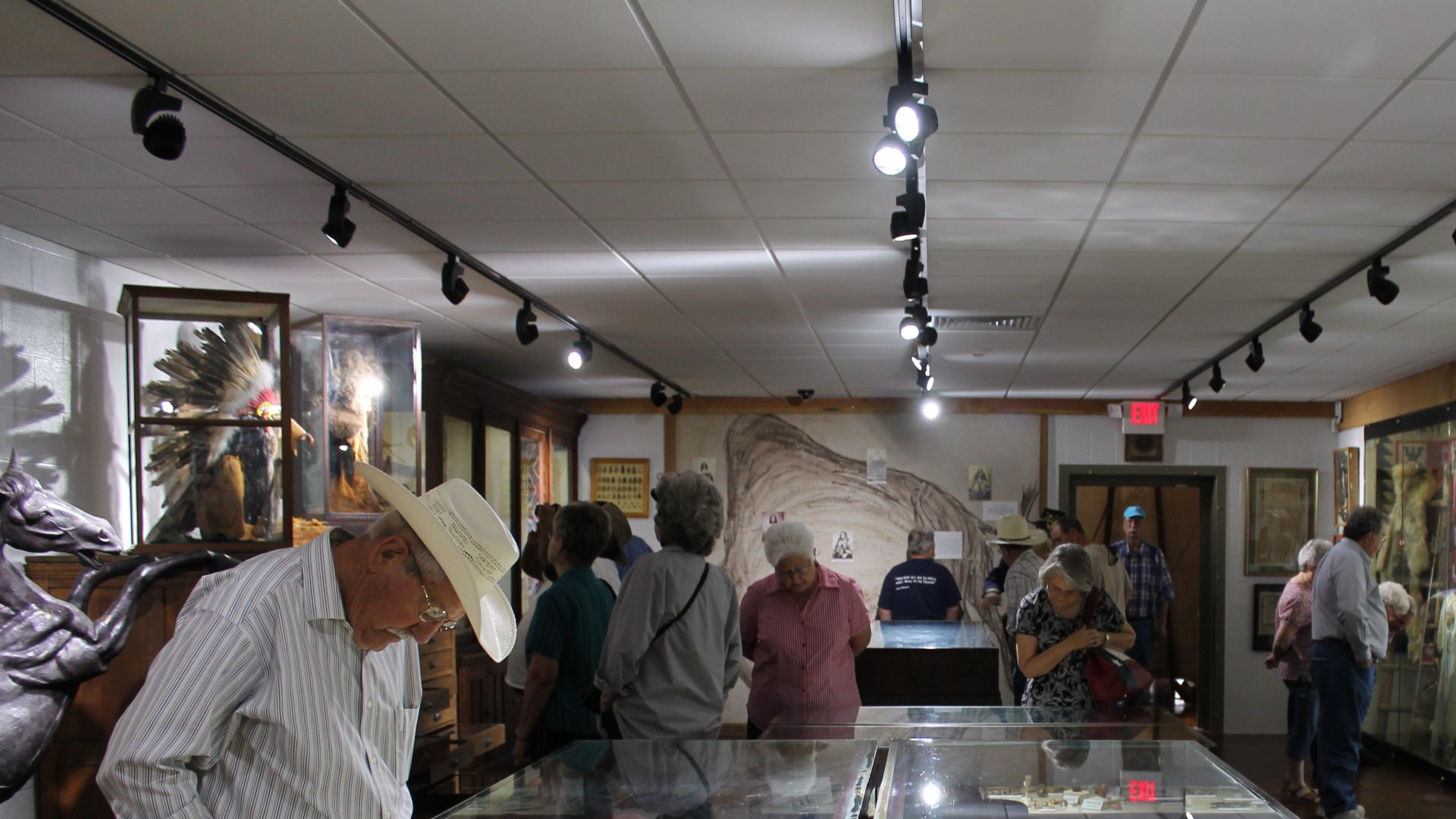 GregsTexas (facebook.com/GregsTexas), Wikimedia Commons
GregsTexas (facebook.com/GregsTexas), Wikimedia Commons
You May Also Like:
Photos Of The River Hunters Who Fish Using Trained Birds
Archaeologists Find An Ancient God In A Sewer

